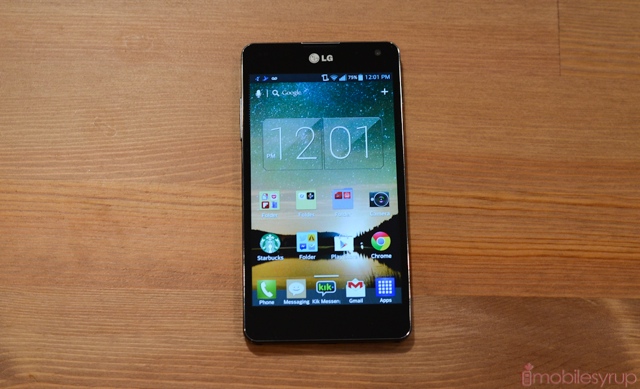
Later this month, LG is set to release its latest flagship device, the G4. An exciting prospect for many fans of the Korean giant and other fans of well-made smartphones, it will undoubtedly be fast, pretty and an improvement over last year’s model. But there is an unfortunate truth about LG and many other Android manufacturers: it doesn’t seem to care about its legacy customers.
One way to gauge the longevity of your smartphone is to check how well the company treats its year-old and two year-old devices: are they kept up to date with the current version of Android? If so, does it inherit all or most of its successors’ features? And how does its performance hold up, irrespective of update?
Of all the major Android manufacturers, LG has the poorest update track record. Despite manufacturing the Google-sold Nexus 4, LG let its Optimus G flounder on Android 4.1 Jelly Bean despite promises of further updates. It set a number of expectations and then failed to meet them. LG did update the Korean version to KitKat, but that didn’t help anyone in Canada.
With its G2, the company eventually upgraded the product from Android 4.2.2 Jelly Bean to Android 4.4.2 KitKat, and has begun rolling out Lollipop to some European customers, but reported performance issues and lingering bugs have frustrated users.
Ironically, LG was proud to be the first company to roll out Android 5.0, issuing a press release to that effect back in November, but it wasn’t until February that Canadians began seeing the update.
LG is improving its update reliability, but it speaks to a wider issue within the smartphone market, much of which is propagated by us, the media. We focus on newer products, and specifically newer flagships, because they’re interesting, and they gain more attention. The LG G3 is a lot more exciting than the LG G3 Vigor, for example.
But the industry is changing, and cheaper phones are becoming companies’ core revenue generators, especially ones not called Apple and Samsung. Smartphones are getting more expensive at the high end, and companies are spending a lot more money advertising small areas of differentiation. In the Android arena, updates are, unfortunately, a metric of that differentiation; instead of keeping with the latest version because it alleviates performance issues or adds much-needed features, expedient updates are a feature itself.
Samsung, the world’s biggest smartphone manufacturer, approaches updates strategically. Each year, it will debut a new version of its TouchWIZ UX, often meaningfully improved but aesthetically continuous from the previous one. Its flagship, Galaxy S or Galaxy Note, will debut with a combination of the newest Android version and its latest overlay design; when it gets updated to a newer Android version, aesthetically very little typically changes.
In the quickly-commoditized world of smartphones, the difference between generations can be as little as a bump in screen size or a slightly faster processor. Leveraging newer versions of Android, and the benefit of a more modern aesthetic, is another way to set these devices apart, especially in the low to mid tier. You’ll often see a new mid-range Samsung or LG product launch with “an all-new software experience,” which is code for a version of Android that its direct predecessor likely won’t get.
Recently, when HTC rolled out its Android update for the One M7 and M8, neither device received Sense 7, which launches this Friday on the One M9. The M8 is slated to receive Sense 7 later this summer, but at this point it’s a known unknown. As the Android version is increasingly decoupled from the overlay on top, users are going to run into these issues on a more regular basis.
Similarly, when Samsung updated its range of 2014 devices, the S5 and Note 4, to Lollipop, it gave them 5.0 and 5.0.1 respectively, not 5.0.2. Sure, lopping off a single digit doesn’t seem particularly noteworthy, but Google made some significant improvements in those two iterations. But resources are scarce, and updating smartphones is expensive.
Hiring engineers to update myriad versions to specific country specifications takes resources, and many of these OEMs embed that obsolescence in the price of the phone. Going through carrier testing tacks on additional time. This Huawei Ascend Mate 2 I have in my hand probably won’t ever see an upgrade beyond Android 4.3 – at least in Canada. The Alcatel OneTouch Idol X and ZTE Grand X Plus have likely been similarly abandoned.
The Android update process has always been a thorny one, and is a primary reason Cyanogen Inc. just raised another $80 million as it attempts to take the power away from the manufacturer. Google reliably updates its Nexus devices for 18 months to two years, as does HTC, Motorola and, these days, Samsung. But the deeper you dig, and the closer the plot points get between age and status in a company’s lineup, the more likely a device is to slip through the cracks.
When LG announces the G4 later this, take its past update transgressions into account, and push the company to make good on its promises.
MobileSyrup may earn a commission from purchases made via our links, which helps fund the journalism we provide free on our website. These links do not influence our editorial content. Support us here.


